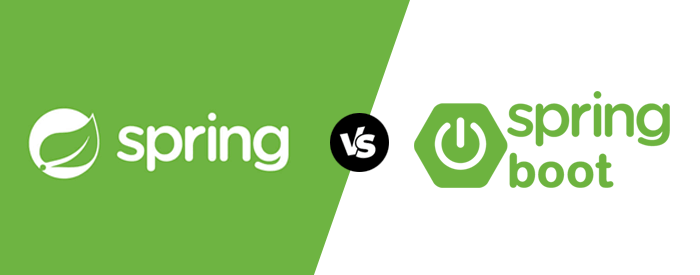Enterprise software solutions are no longer new to the corporate scene; In fact, it seems that now everything - from the simplest to the most complex task - runs on a computer. And this is possible thanks to the powerful, accessible, and easy-to-develop frameworks that have created the technology space. One of them, and by far one of the most recommended, is the Spring Enterprise Edition framework facilitated by the Java and other programming language.
As the years went by, more and more functionality were integrated into Spring which made it more scalable and efficient but brought with it a huge trade-off. One of the biggest issues with Spring in recent years, how to compound the framework, is that the company has to dedicate a large chunk of time to training employees in the Spring EE framework.
However, to counter that, Pivotal, Spring's parent company, came up with Spring Boot. So, how it differs from the traditional Spring framework, we will find out now:
Spring vs Spring Boot: The real difference!
Programmers and Developers are constantly challenged with developing applications that cater to real-world issues, build scalable models, work for every test case ever, and still do it as soon as possible. Spring Framework has been a go-to product for millions of developers because it delivers on this vision that these challenges can reduced if not eliminated.

| Spring | Spring Boot |
| Spring offers thorough infrastructure support for making high-quality Java apps. | Spring Boot, an extension of the Spring framework is meant to eradicate the requirement of the boilerplate configurations. |
| Dependency Injection or Inversion of Control (IoC) are two of the key features of Spring. It enables users to make loosely coupled apps. | Spring Boot enables the users to make stand-alone apps, with the least configurations. |
| AutoConfiguration is not possible with Spring. | Spring Boot is known for AutoConfiguration. The users would be able to manage all the internal dependencies of your apps. |
| The process of selecting the compatible versions of jars is a little complicated. | Spring Boot decreases the complexity of selecting jars. It allows the users to make the most of the Spring Boot Starters. |
| Spring needs multiple dependencies to run the web application. | Spring Boot needs only one dependency to run the application. |
| Spring would want the user to define several supporting configurations, like mappings, etc. | Spring Boot requires only a few properties to make the app work. |
Conclusion
Spring is a traditional framework, therefore, we have seen a lot of evolutions in the field of Spring. Therefore, Java is believed to have made a significant contribution to the Java EE environment. Spring’s long-term focus to keep it straightforward, accommodating, and resourceful for the developers has always seen the technology piece getting supported by communities of developers worldwide. Therefore, Spring is adopted widely.
However, the introduction of Spring Boot proved to be a game-changer. Using Spring Boot along with Spring EE Framework is very beneficial and profitable. Spring Boot is a complete package for the new-age application developer, bringing convenience, speed, and more. Needless to say, if spring was lacking in anything, the spring boot, is rightly making up for it!



